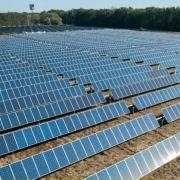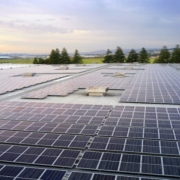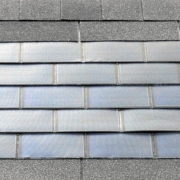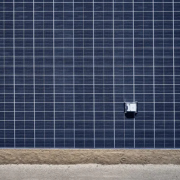Today, some 2,000 gigawatts of coal-fired power plants generate 15.5 billion metric tons of carbon dioxide every year. According to the IEA(International Energy Agency), emissions must reach zero by 2040 to limit global warming to 1.5 degrees Celsius. However, closing coal-fired power plants represents a significant cost, especially when these facilities are still in debt or tied to long-term power purchase agreements.
Profitable transition opportunities
The Institute for Energy Economics and Financial Analysis (IEEFA) has identified over 800 coal-fired power plants in emerging countries that could be profitably closed down and replaced by solar installations by the end of the decade. Of these, around 600 were built more than 30 years ago and have already paid off their debt, while the remaining 200, built between 15 and 30 years ago, could also be profitably replaced.
Click here to read the full article
Source: Energy News
—
If you have any questions or thoughts about the topic, feel free to contact us here or leave a comment below.


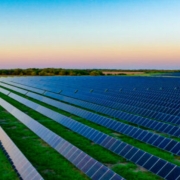
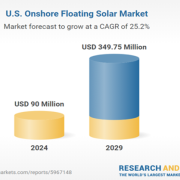
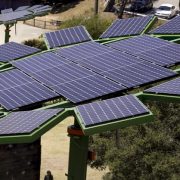
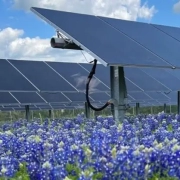
 Panel The Planet
Panel The Planet